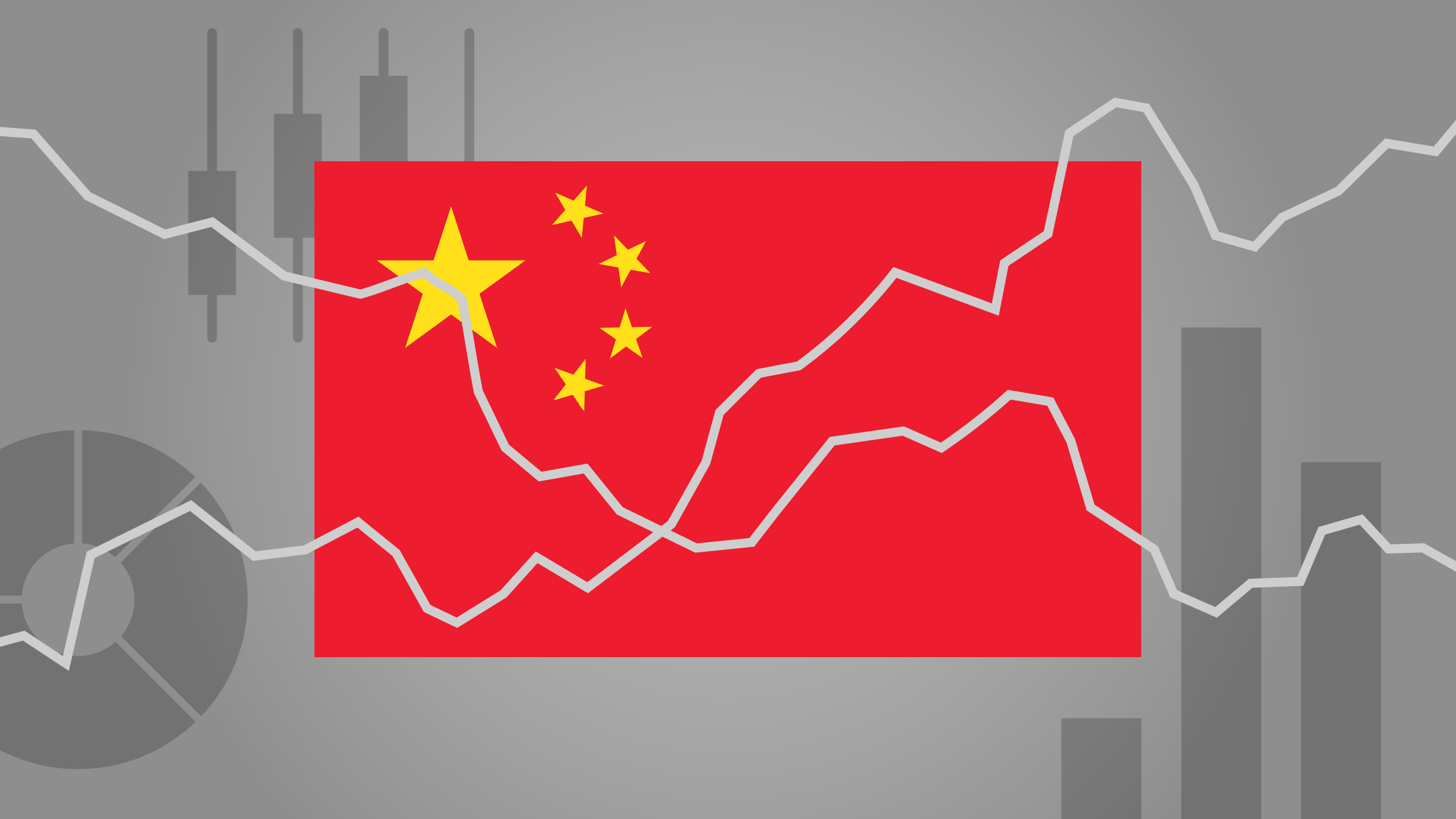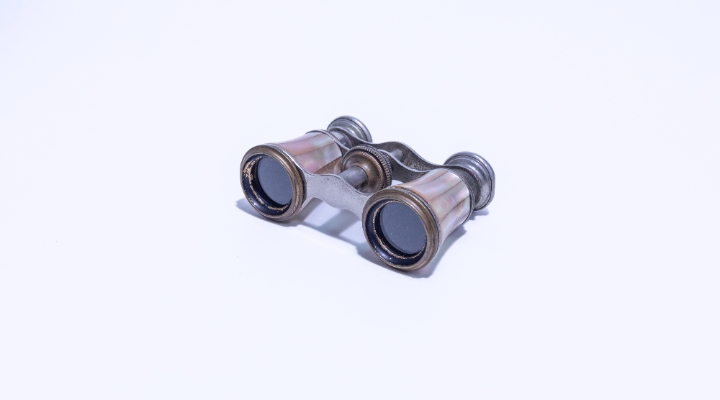Ollie Smith: The dust has settled on another of Morningstar's widely read Active/Passive Barometers, and another gauntlet has been thrown down at active managers failing to beat their benchmarks in 2022. But are there other stories to be told as well? Joining me now is Monika Calay, director of passive strategies research at Morningstar, and she is going to tell me a little bit more about the fine detail in the report.
Monika, thanks for joining me. We've talked in the report about underperformance in active funds. Are there any pockets of outperformance?
Monika Calay: Sure. Thanks, Ollie. So, actually, this is our 10th Active/Passive Barometer. So, we're really thrilled to be here today to talk about some of our key findings in the report. Last year, just to set the scene, was a very challenging market environment. We saw energy and food prices surge in the aftermath of Russia's invasion of Ukraine. And as the war escalated, we also saw pressure on inflation, which was already starting to build up in 2021 as countries started opening up after lockdown. And finally, central banks also put an end to their decade-long ultra-loose monetary policy stance as they started to hike interest rates. So, all of this led to a very challenging environment for the financial markets. And conventional wisdom dictates that passive managers tend to outperform in up markets and active managers arguably can add value or better navigate down markets. Well, 2022 tested this narrative, and what we saw at year's end is that only around 30% of active equity managers were able to survive and outperform their passive benchmarks.
Now, as you mentioned, there were some areas and some pockets of opportunities that we saw. Success rates tended to increase as we went down the cap spectrum from large caps to small caps and as we moved away from developed market equities into emerging markets. One particular area where we saw higher active manager success rates in the equity space was actually in the U.S. large cap value space.
OS: Okay. And what about fixed income specifically having moved from equity and the balance between outperformance and underperformance? What happened in fixed income?
MC: Sure. So, actually, what was notable in 2022 was that success rates in fixed income categories were higher. In aggregate, the success rate for fixed income managers was around 50%. And that's actually not just in 2022. We see higher success rates for fixed income managers even over longer horizons. And I think the key reason behind this is that index methodologies strictly define what bonds are eligible for inclusion in the index. And currently, what we see is that many passive funds actually have higher duration profiles compared to their active peers. So, it's natural that when long duration is out of favor and short duration is in favor, effectively the bar for active managers to outperform is lower. Undoubtedly, active managers have the flexibility to be able to navigate challenging market environments and in the context of rising interest rates, it was relatively easy for them to shorten duration and outperform.
OS: Sure. In terms of the report itself, you mentioned it's the 10th anniversary almost of the Active/Passive Barometer. What's the report achieved over time and what kind of impact do you want it to have this time around?
MC: Yeah. So, what we see that is short-term lookbacks are noisy. Year-on-year success rates can vary wildly depending on what's happening in the market. It's really over the longer term where a stronger signal starts to form. And what we see is that it is difficult for active managers to outperform consistently over time. Most active managers fail to both survive and outperform their passive peers. It is our hope that our clients and our viewers can use this report to identify areas in the market where their odds of picking a successful active manager are higher. And also, despite all of these findings, what we see in our model portfolio data, if we look at our U.K. model portfolio data is that most model portfolios predominantly are active and hopefully, with our report we can help increase passive fund adoption and as a result lower the cost of investing for our clients, specifically those in the retail segment.
OS: Yeah, that's the goal. Monika, thank you so much. For more on the Active/Passive Barometer, check out any of Morningstar's international editorial sites.
Until next time, I've been Ollie Smith for Morningstar.








:quality(80)/cloudfront-us-east-1.images.arcpublishing.com/morningstar/Q7DQFQYMEZD7HIR6KC5R42XEDI.png)

:quality(80)/cloudfront-us-east-1.images.arcpublishing.com/morningstar/A6OOX7PBSVEJ5BXDFSPKGLO72M.png)











